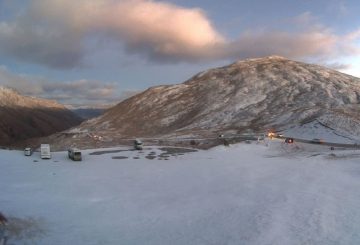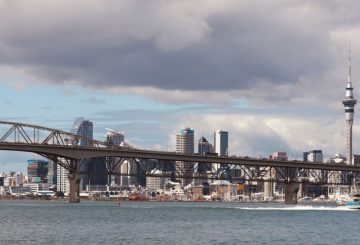Habang lumalala ang krisis sa gastos ng pamumuhay, ang ilang mga may-ari ng alagang hayop ay nahihirapan na bayaran ang kanilang sariling pagkain at pagkain ng kanilang mga alagang hayop. Humantong ito sa pagtaas ng mga aso na ibinibigay sa mga organisasyon ng pagliligtas, na nasa kanilang maximum na kapasidad.
Si Tyra Basilicata, na nagsimula ng Wellington Dog Food Bank bago ang Pasko, ay nagbigay na ng higit sa 700kgs ng pagkain sa higit sa 200 aso mula pa noong simula ng taon. Dahil sa mataas na demand, kinailangan niyang lumipat mula sa paghahatid ng pagkain sa mga tahanan ng mga tao patungo sa isang serbisyo sa mobile kung saan pupunta sa kanya ang mga tao.
Marami sa mga kliyente ni Basilicata ang nagtatrabaho nang full-time ngunit nahihirapan pa rin upang matugunan ang mga wakas. Ang ilan ay walang pagkain pa sa mga araw na mayroon silang pagkain ng aso.
Si Nicole Doriguzzi at Vicky Hayward, mga tagapagtatag ng Ellie’s Canine Rescue at Rehome, ay nakakita rin ng pagtaas ng mga taong humihingi ng tulong mula nang simulan nila ang kanilang samahan noong 2019. Nailigtas at muling nag-home nila ang 302 aso noong 2022, 518 noong 2023, at inaasahan na makatipid pa sa taong ito.
Sina Helena Clark at Johanna Rush, na nagsimula ng Chance 4 Change noong Nobyembre, ay nakuha na ng 54 aso sa rehiyon ng Wellington. Nakita nila ang mga aso na pinapakain ng pagkain ng tao tulad ng Weetbix at gatas dahil hindi kayang bayaran ng kanilang mga may-ari ng pagkain ng aso.
Bilang tugon sa krisis, inihayag ng gobyerno ang mga pagbabago sa mga batas sa pag-upa, kabilang ang isang dalawang linggong bono ng alagang hayop at obligasyon para sa mga upa na magbayad para sa pinsala na dulot ng kanilang mga alagang hayop. Gayunpaman, ang mga pagbabagong ito ay hindi ipapatupad hanggang sa katapusan ng susunod na taon.
Plano sina Clark at Rush na magsimula ng isang programa sa edukasyon sa mga darating na buwan upang mabawasan ang bilang ng mga hindi kanais-nais, napabayaan, at abuso na aso. Ituturo ng programa ang mga bata tungkol sa kaligtasan ng aso at pangangalaga ng hayop, na binibigyang diin ang kahalagahan ng pagbabakuna at pagbabakuna





























































